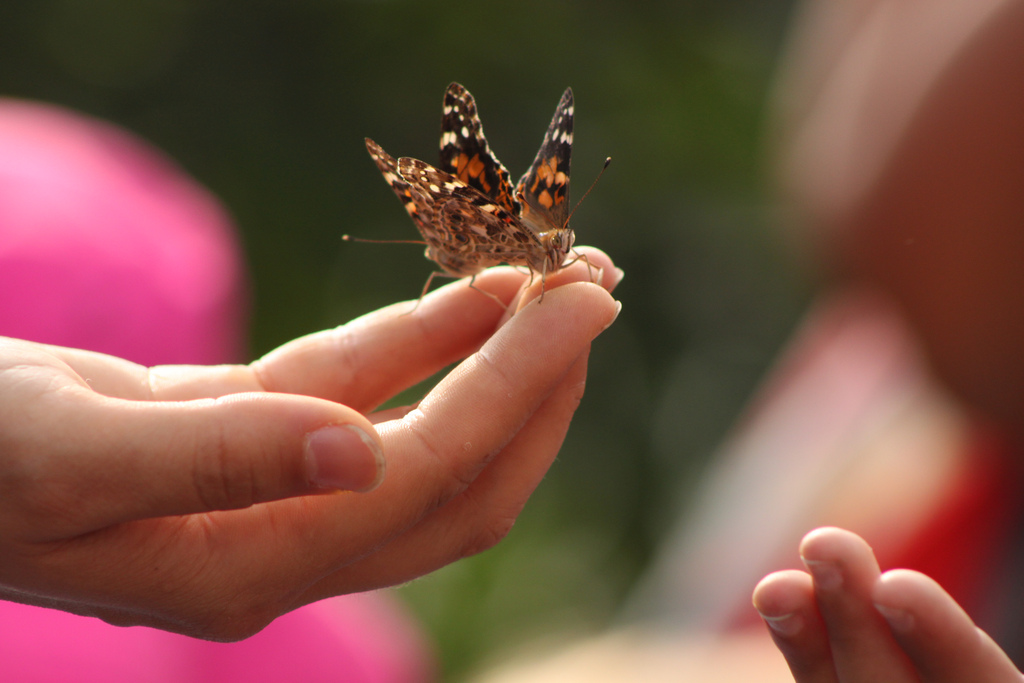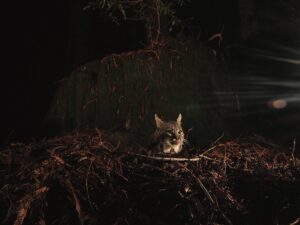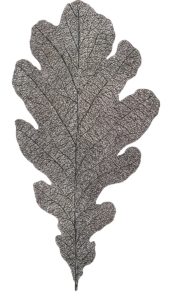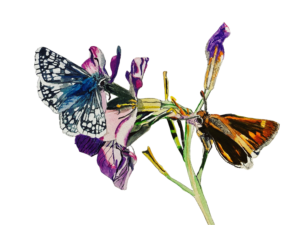San Francisco is the first U.S. city to consider banning the release of commercially raised butterflies at ceremonies such as weddings, funerals, and charity events. But the idea, which made headlines around the country, is still a long way from seeing a vote.
In a meeting last week, the city’s Commission on the Environment approved a resolution directing the Department of the Environment to research the issue with scientists, state and federal agencies, and other stakeholders, before pursuing legislative action.
“Can you imagine going to a ribbon cutting ceremony for a building opening and everybody releases 40 squirrels?” said Liam O’Brien, a local lepidopterist who has spearheaded the effort to legislate a ban. “We laugh at the ridiculous notion of doing that; but for some reason we continue to do just that with this group of creatures.”
Amber Hasselbring, the executive director of the local nonprofit Nature in the City, spoke at the commission meeting about the disruptive effects of the practice on the butterfly’s life cycle. Breeders gather the butterflies after they have emerged from their chrysalises as adults, then chill them so they can be shipped in a sedentary state. Captive-raised butterflies do not have the opportunity to breed before they are packaged; and once they are released, their chances of finding a mate, breeding, and laying eggs are scarce, Hasselbring said.
Monarch butterflies, one of the most commonly released species, have a highly complex life cycle dictated by the seasonal calendar. Hasselbring said that releasing them can “savagely skew” their life cycle, and added that little research has been conducted into the impact of commercial releases on already-stressed wild populations.
“You’re just kind of throwing them out there in the big pool of things,” she said. “We know so little about the process that if we interfere it could not only lead to harm, but also possibly skew data for people trying to study them,” such as those who conduct annual butterfly counts to assess the health of local wild populations.
O’Brien, who regularly collects data on monarch butterflies at San Francisco’s overwintering sites, says he became motivated to pursue a ban when the California Academy of Sciences released some 500 monarchs at a re-opening celebration in Golden Gate Park, near one of O’Brien’s study areas. “The Academy was a stone’s throw away from an overwintering group, so all my data had to be thrown out for the year,” he said. “It was a real watershed event for me.”
Mia Monroe, a volunteer with the Xerces Society who coordinates the society’s annual Western Monarch Thanksgiving Count, said volunteers recording data are unsure whether the monarchs being counted are those that have migrated to overwinter or those released in a ceremony. “It really messes up scientific accuracy,” she said.

Dale McClung, a spokesperson for the Florida-based International Butterfly Breeders Association, said he is doubtful the IBBA can influence the proposed ban, as there are no butterfly farms within San Francisco County. But, he said, he is disappointed that a statistical anomaly for a handful of butterfly researchers could lead to people who are not lepidopterists being denied close exposure to butterflies. Butterfly breeders also contend that while monarch populations in particular are declining, commercial butterfly releases are not the culprit.
“Butterfly releases are adding breeding individuals to the wild population,” McClung said. “So reintroduction is what we’re really talking about.”
Peter Brastow, the biodiversity coordinator with the city’s Department of the Environment, said that in the coming months the department will communicate with various stakeholders to consider all arguments. But Brastow added that there is a difference between releasing butterflies for entertainment and reintroducing butterflies as part of a conservation plan.
“The fact is,” he said, “that if it’s not part of a scientifically based conservation program, then by definition it’s preventing the legitimate and successful tracking of the health of butterfly populations.”
Jose Muniz, a butterfly farmer at Magical Beginnings Butterfly Farms in Los Gatos, said that concern over farmed butterflies spreading disease is unfounded. Butterflies are generally raised outdoors or in greenhouses where breeders remove any diseased spores from eggs and feed caterpillars only insecticide free plants, he explained.
The United States Department of Agriculture also regulates the butterfly trade and has allowed nine species to be moved across state lines for release, but with restrictions on particular states. For example, Western monarchs cannot be released east of the Continental Divide.
While San Francisco continues to bear the stigma of being the site for the first-ever-recorded butterfly extinction—the endemic Xerces blue was last seen in 1941— it has a recent history of lepidoptery conservation. Several projects, including the Green Hairstreak Corridor, Tigers on Market Street and the reintroduction of the Mission Blue butterfly, are success stories that attest to the benefit of butterfly habitat restoration and species conservation.
Now that the Commission on the Environment has approved the resolution, the department will further discuss the proposed ban with experts, conservationists, and community stakeholders to begin drafting legislation that will eventually be brought to the Board of Supervisors for consideration.
“We think it’s wonderful that people want to bring nature into their lives,” Monroe said. “But this just isn’t the way to do it anymore.”





